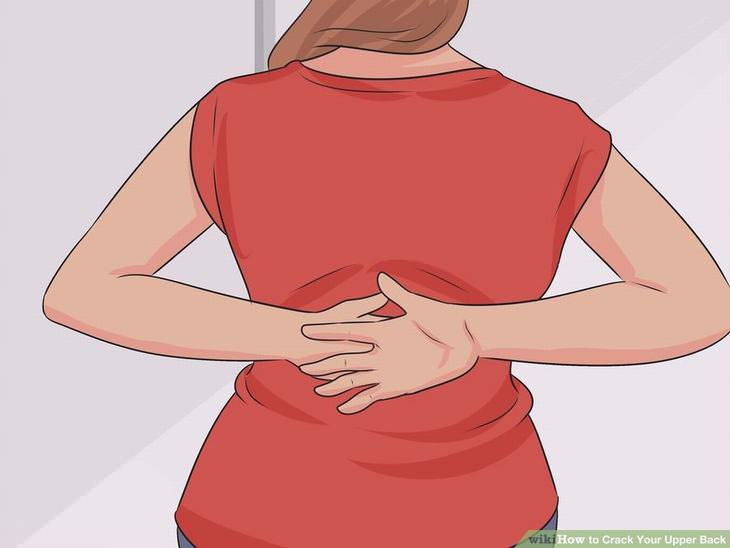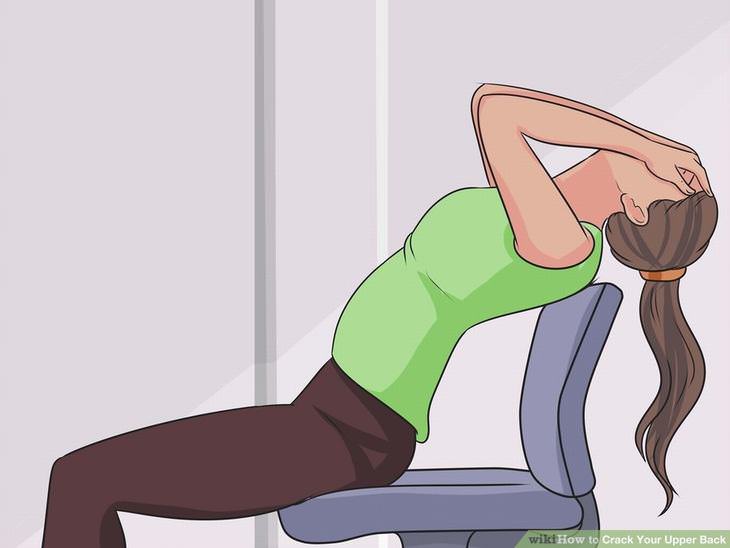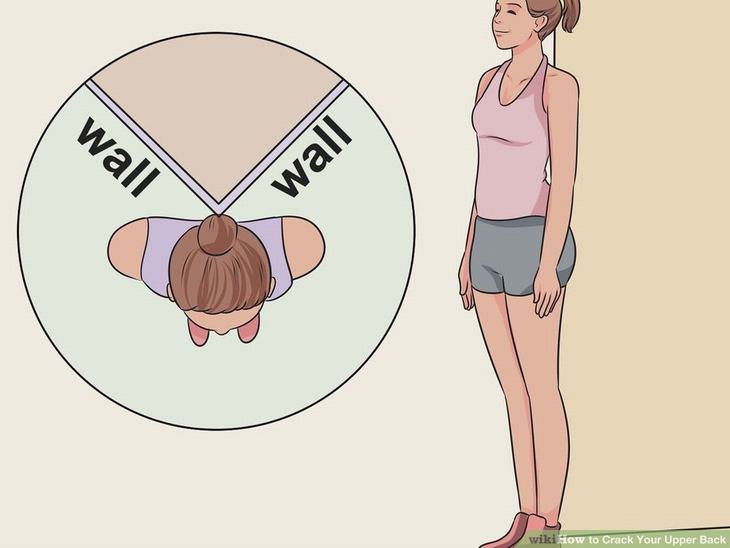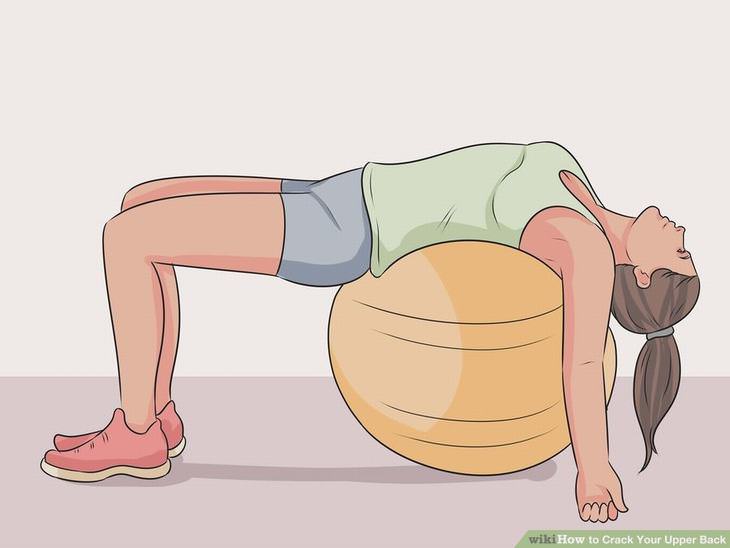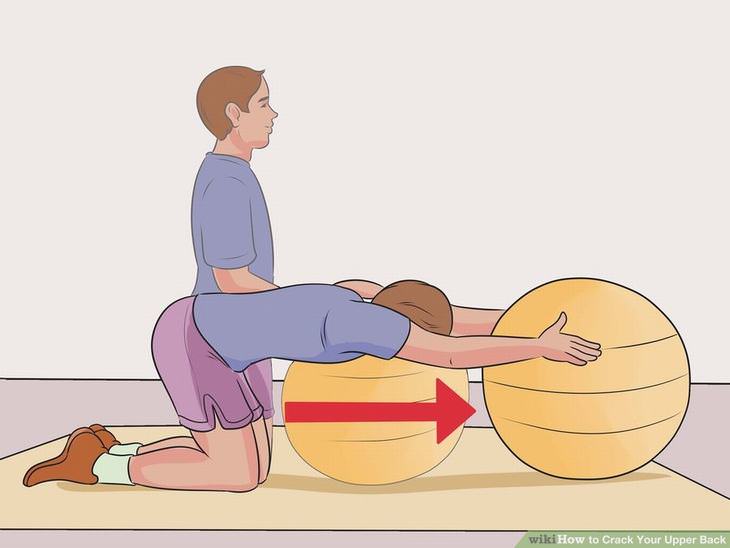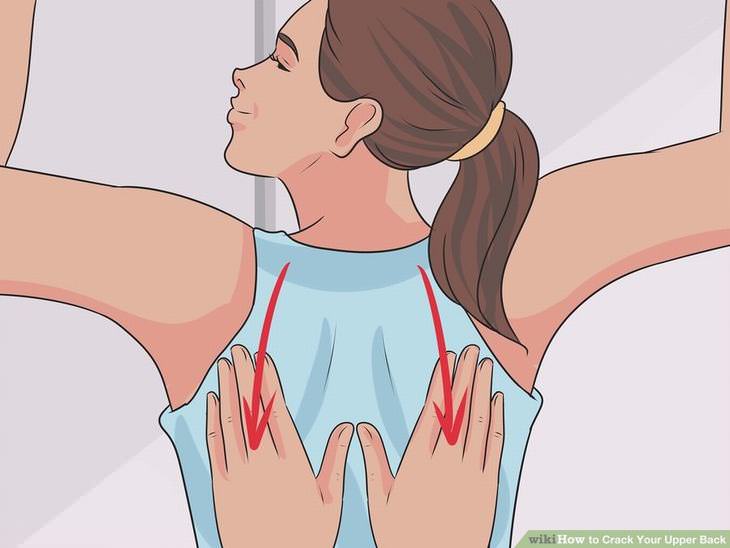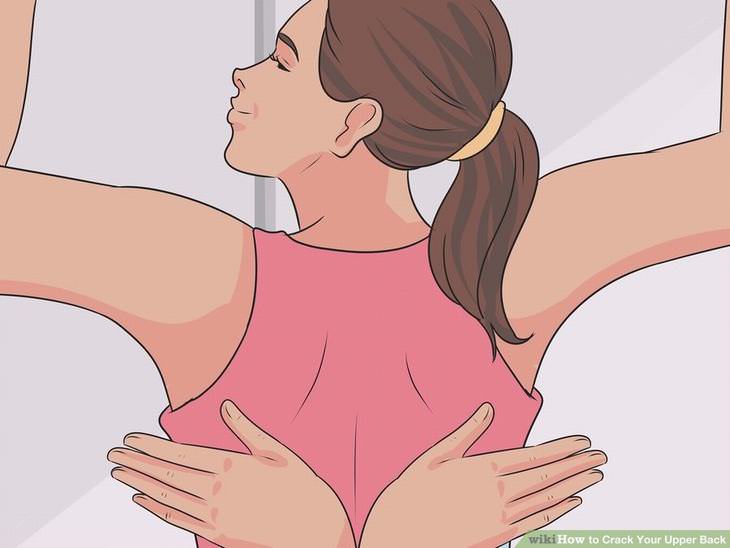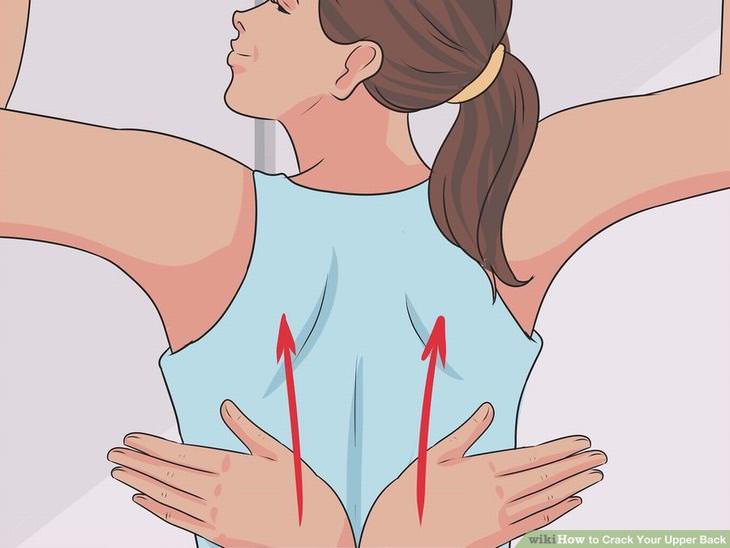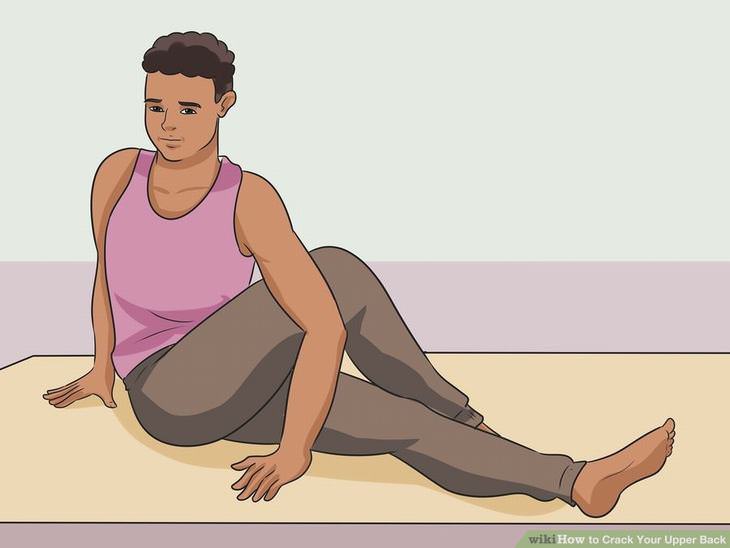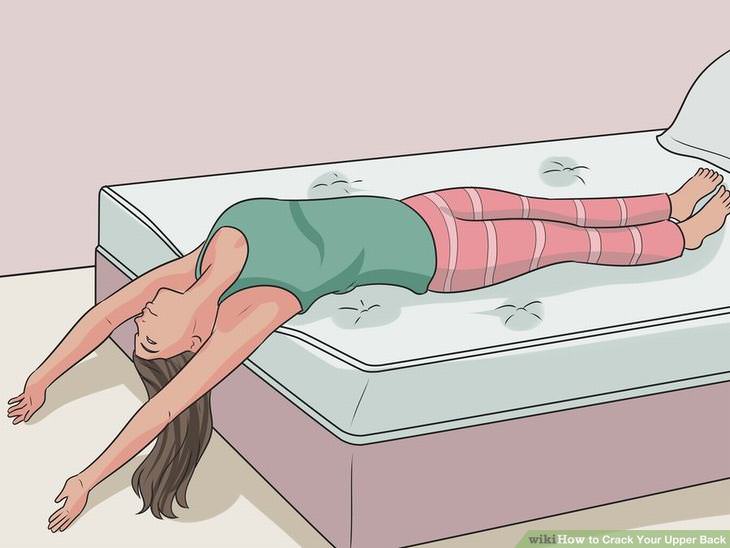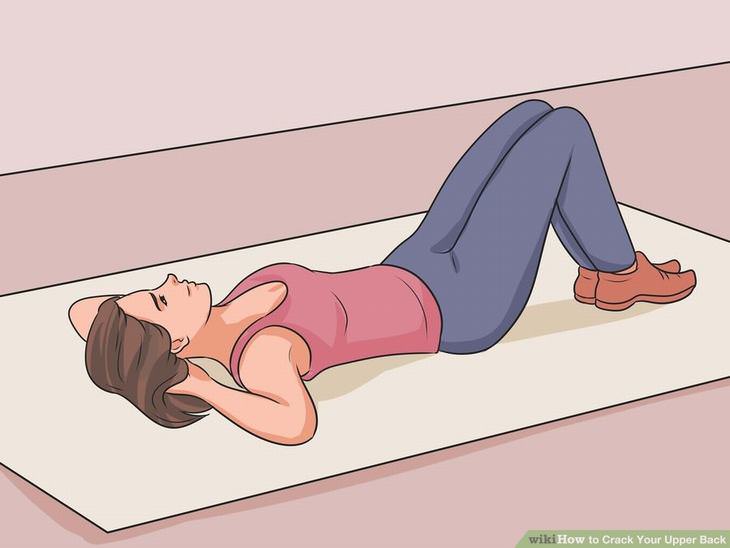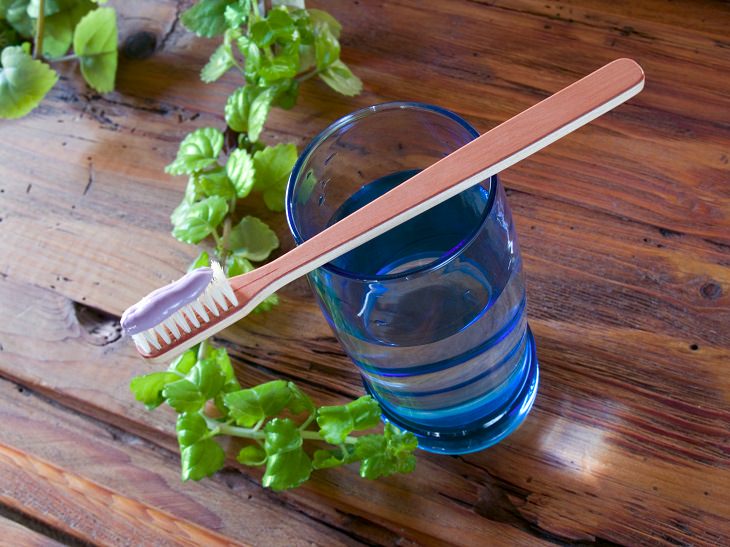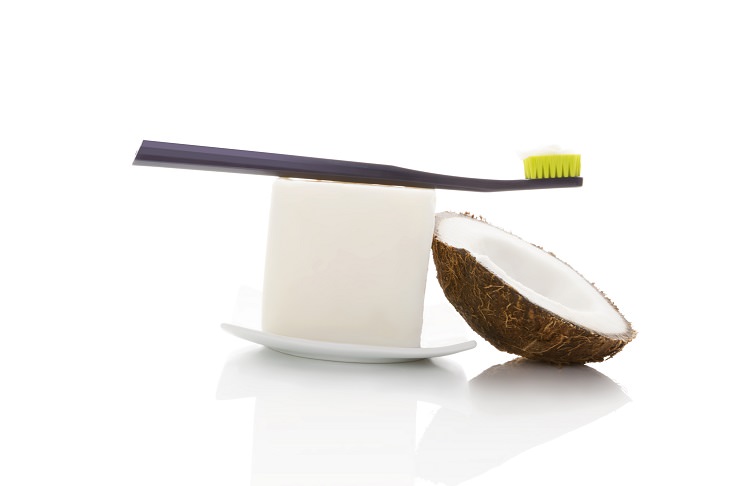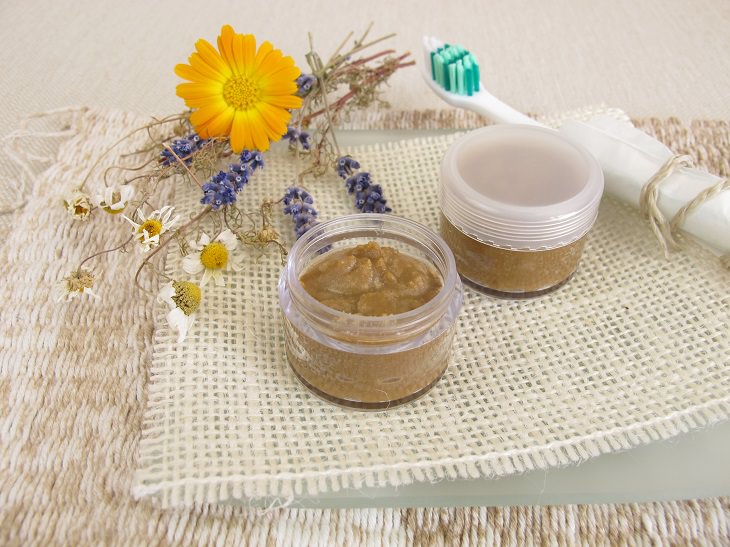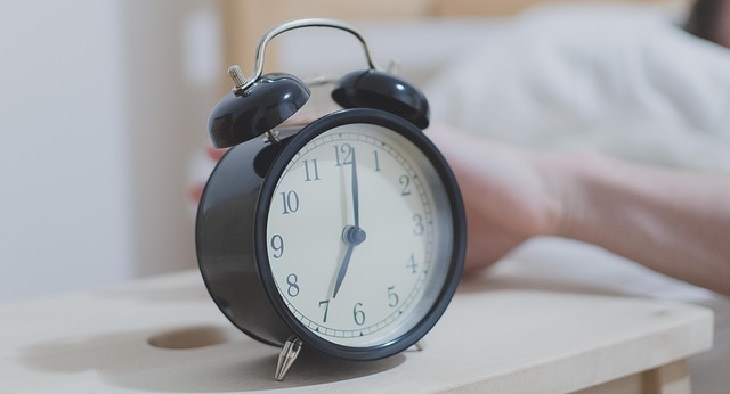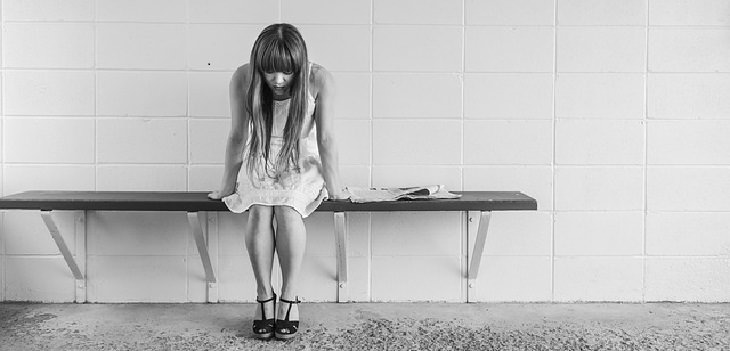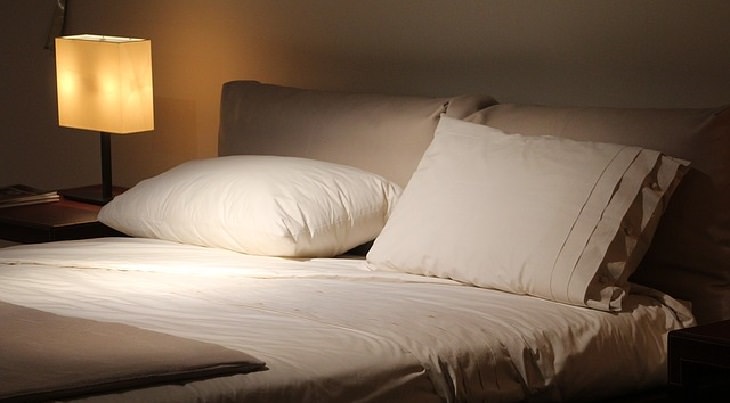Remedies to Help You Feel Calm and Relaxed!
1. Use your hands: Place your hands behind your back, one on top of the other. Press your hands into your spine as far up as they will go. Stretch backwards, while doing so, leave your hands pressing into your spine. You should hear some satisfying cracks.
2. Sit in a chair with a short back: Sit in the chair and slide toward the edge of the seat until the back of the chair touches the area of the back you feel most tense. Cover your forehead with your palms. Exhale slowly. As you do so, allow your head and shoulders to sink down behind the chair. Offering your upper back a satisfying deep stretch and a couple of cracks.
3. Stand up against a corner of a wall: Take your arms behind you, squeezing your shoulder blades. This stretch will help release tension in your back, with a few, gentle cracks.
2. Release tension in your upper back: Kneel in front of the exercise ball and slowly roll the ball forward, until you're feel as though you have stretched out your entire spine. With the ball in front of you, allow your upper and middle back to relax and sag for a bit.
1. Lay on a firm surface with your arms at your sides. Keep your elbows bent and hands on either side of your head. Keep your head to one side.
3. Their hands should be at either side of your spine, their fingers pointed toward the sides of the body.
5. They should start in the middle of the back and move upward little by little. They should find a spot that will produce a few, good cracks.
1. Spinal twist: Sit down on a mat, keep your spine straight and your legs flat on the ground. Bend your right knee and take your foot to the outside of your left knee. Keep your left leg extended on the ground. Take your left elbow to the outside of your right knee and your right arm behind you. Hold for a couple of breaths and slowly release, repeating on the other side.
2. Full body stretch on the bed: Lie down on your bed. Allow your shoulders, neck head and arms to hang off the edge of the bed. Relax and slowly let your upper back and arms sink towards the floor. Hold, sliding your shoulder blades farther and farther off the edge of the bed. When you feel comfortably stretched round your spine, in a forward fold, take your hands to your feet.
3. Rocking stretch: This stretch helps loosen the muscles in the spinal column. Lie down on a mat, bringing both knees to your chest, hugging them with your hands. Rock forward and backward on the mat, building momentum as you go. Feel each piece of your spine on the mat as you rock back and forth.











